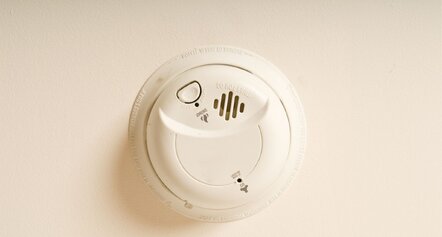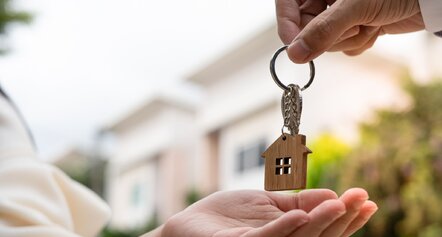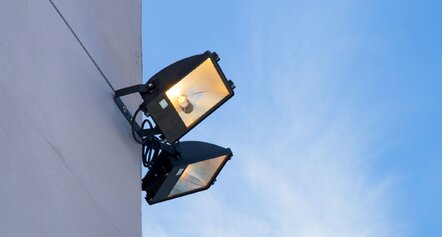Smoke alarms are critical safety features for every household. They offer an early warning that can be the difference between life and death in the event of a fire. These devices provide occupants with precious time to respond, evacuate, and contact emergency services, significantly reducing the risk of harm.
Research shows that homes with properly functioning smoke alarms experience far fewer fatalities during fires than those without.
In Queensland, the legislation mandates the installation of specific types of smoke alarms to ensure maximum safety and uniform protection for all properties. These requirements highlight the importance of up-to-date, compliant smoke alarm systems to safeguard lives and property.
What Are The QLD Legislation Requirements For Smoke Alarms?
Under Queensland’s smoke alarm legislation, all homes must be fitted with interconnected photoelectric smoke alarms. These alarms are more effective at detecting smouldering fires, which are the most common type of household fire. The key requirements include:
Interconnected Photoelectric Alarms
All alarms must be interconnected, meaning when one alarm is activated, all alarms in the house will sound. This is crucial for providing a comprehensive warning, even if the fire starts far from where you are located.
Compliant with AS 3786-2014
Smoke alarms must meet the Australian Standard AS 3786-2014 to ensure reliability.
Placement
Smoke alarms are required in each bedroom, in hallways that connect bedrooms to the rest of the home, and on each level of the house. This strategic placement maximises the chances of early detection regardless of where the fire starts.
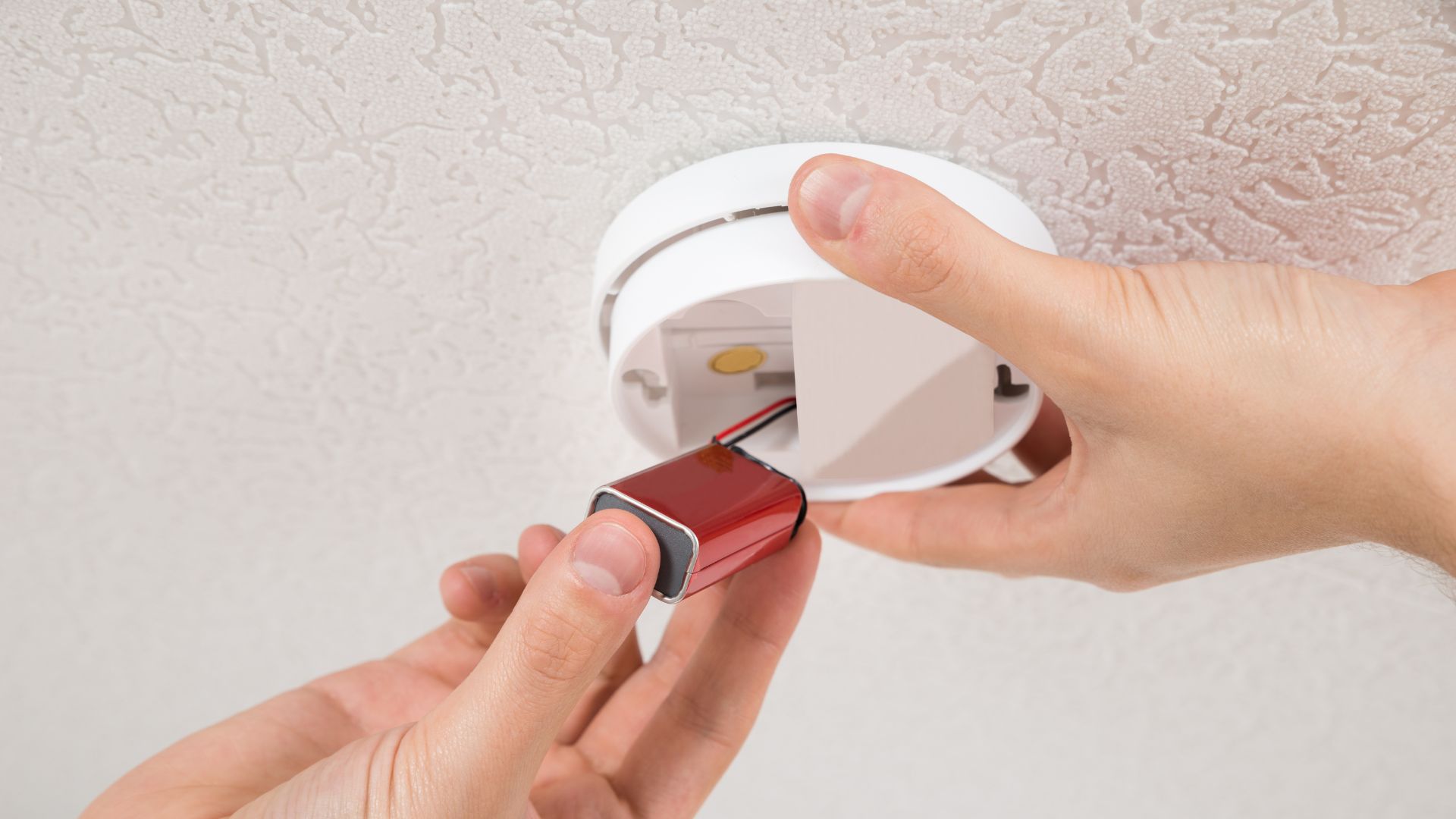
How to Test Your Smoke Alarms
Testing your smoke alarms regularly is crucial for ensuring they function correctly and meet Queensland’s safety standards. Follow these step-by-step instructions to keep your home safe:
Monthly Test
- Locate the test button on each smoke alarm.
- Press and hold the button until the alarm sounds.
- A loud, consistent noise should be heard. If there is no sound or it’s weak, the alarm or its battery may need attention.
Battery Maintenance
- For alarms with replaceable batteries, replace them annually, even if they still appear to work.
- If your alarm uses a long-life lithium battery, confirm that it’s functioning as designed and doesn’t require replacement. Always check your alarm’s manual for specific guidance.
Visual Inspection
- Inspect your smoke alarms each month for any signs of dust, debris, or damage.
- Use a soft cloth or vacuum attachment to clean the outer casing, ensuring nothing obstructs the sensors.
Interconnectivity Test
- For homes with interconnected smoke alarms, press the test button on one alarm.
- Confirm that all other alarms in the system activate simultaneously. This ensures the alarms are properly linked and capable of providing a unified warning.
By performing these simple checks regularly, you can ensure your smoke alarms remain in optimal condition and compliant with Queensland regulations, giving you and your family peace of mind.
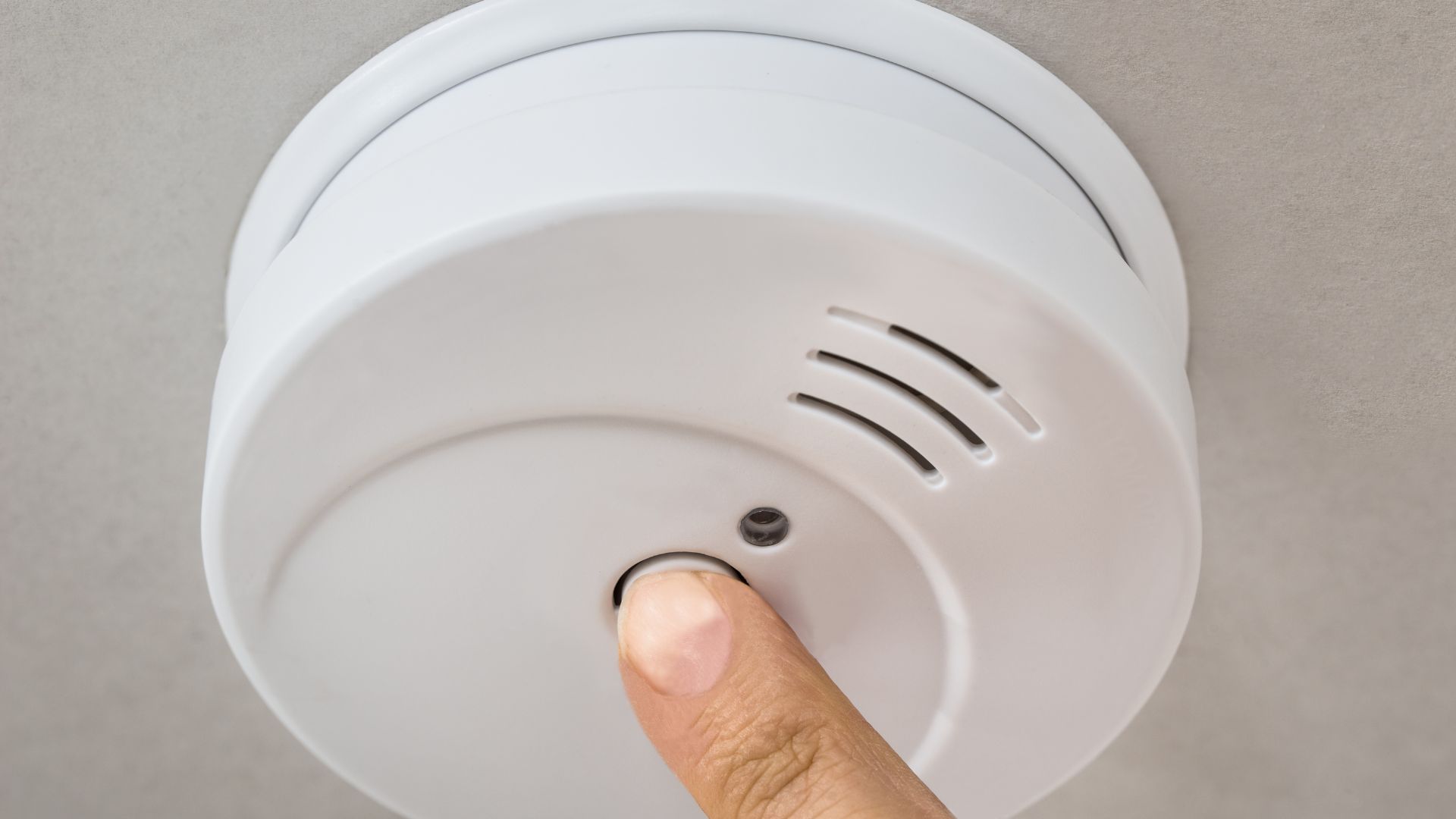
How Often Should You Test Your Smoke Alarms?
Smoke alarms should be tested every month to ensure they are in working order. The batteries in replaceable battery models should be replaced every year.
It is important to replace the entire smoke alarm unit every 10 years or sooner if it stops functioning correctly. Over time, smoke alarms can lose sensitivity, reducing their effectiveness in an emergency.
Avoid Common Mistakes and Follow Safety Tips
To ensure your smoke alarms provide optimal protection, avoid the following common mistakes:
Ionisation vs Photoelectric
Avoid using ionisation smoke alarms, as they are less effective at detecting smouldering fires and are not recommended under QLD legislation. Photoelectric alarms are mandatory as they provide more reliable and faster detection.
Post-Renovation Testing
Always test your smoke alarms after any renovations or electrical work in your home. Dust and disturbances during renovations can impact their functionality, and electrical work may affect the power supply to the units.
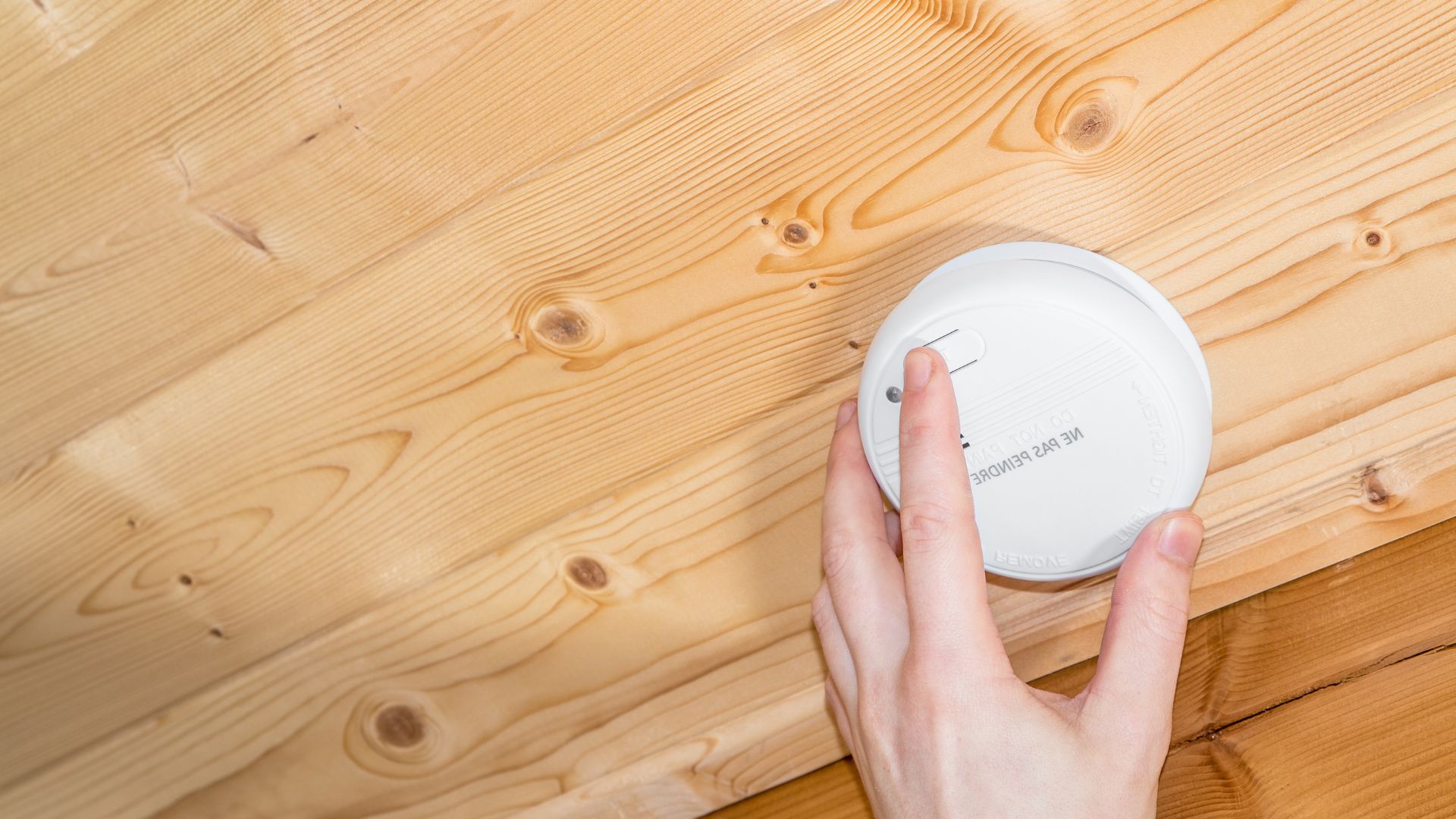
Legislative Penalties and Consequences
Queensland homeowners, landlords, and property managers have legal obligations to ensure smoke alarms are installed and working properly. Non-compliance with these requirements can result in significant penalties, particularly for landlords renting out properties. Keeping your smoke alarms compliant ensures safety and helps you avoid fines and legal issues.
Ensure Your Home’s Safety Today with Watt Edge Electrical
Protect your home and loved ones by staying proactive about fire safety. If it’s been a while since you last tested your smoke alarms, now is the time to act. Make sure your alarms comply with Queensland’s safety regulations and are in perfect working condition.
Are you unsure if your smoke alarms meet the current standards or need professional assistance with testing, maintenance, or installation? Watt Edge Electrical is here to help. Our licensed electricians on the Sunshine Coast provide expert smoke alarm services to keep your home and family safe.
Contact Watt Edge Electrical today to schedule a smoke alarm inspection or installation. Don’t leave your safety to chance—call now and let us ensure your home is protected.
FAQ: Common Questions About Smoke Alarms in QLD
How often should I replace my smoke alarm?
Every 10 years or sooner if the alarm is not functioning properly.
Are photoelectric smoke alarms mandatory in QLD?
Yes, photoelectric smoke alarms are mandatory as they are more effective at detecting smouldering fires compared to ionisation alarms.
Do I need interconnected smoke alarms?
Yes, QLD legislation requires all smoke alarms to be interconnected so that they all sound simultaneously in the event of a fire.


